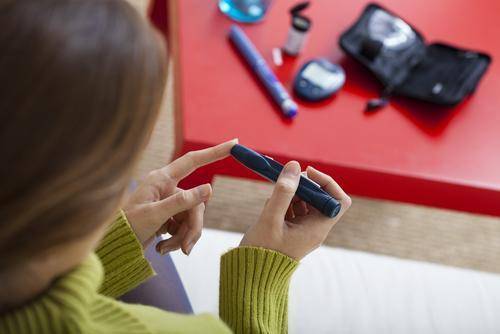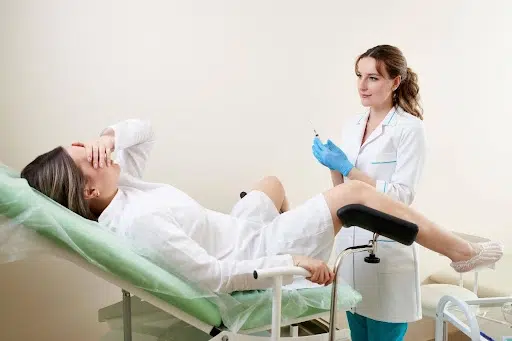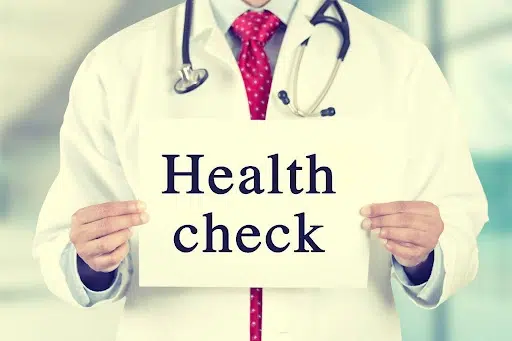Type 1 diabetes (T1D) is an autoimmune disease in which specific cells attack and destroy insulin-producing cells. This leads to increased glucose levels in the body as insulin production declines. Since the symptoms of T1D are similar to many other conditions, seeing a doctor should be a top priority when they appear. How primary care intervention supports Type 1 diabetes management is crucial, early diagnosis and timely intervention can significantly reduce the disease’s risks and complications.
Many factors play a role in its development, but genetics is the most important. T1D runs in families and is manageable if appropriate steps are taken early in time. In this article, we will take you through how changes in habits and the diagnosis of T1D by primary care physicians early in the disease’s development can help you prevent or delay it.
What Does Insulin Do?
Insulin is a hormone that comes from a gland called the pancreas. The pancreas produces and puts insulin into the bloodstream, which then travels through the body, allowing sugar to enter the cells. As the sugar is taken up by the cells and utilized, the amount of sugar decreases in the bloodstream. Consequently, the pancreas puts less insulin into the bloodstream as the blood sugar level drops.
Symptoms of T1D
Primary care physicians are crucial in recognizing early signs of type T1D as there are no unique symptoms of T1D. A lot of its symptoms are shared with other disease. This is one of the reasons why this disease may go unnoticed for quite some time. The most common symptoms include:
- Heightened thirst
- Increased urination
- Blurry vision
- Blurry thoughts
- Uncontrollable mood swings
- Feeling hungry always
- Unexpected weight loss
- Bed-wetting in children
If these symptoms are caught early, the physician can maximize the chances of you living a normal life without the burden of an over-expanded diabetes diagnosis.
How Primary Care Intervention for Type 1 Diabetes Management
Your primary care physician can help you manage your T1D and advise you on lifestyle changes that will help minimize the risk of T1D. When done right, the symptoms of T1D become non-existent if there is early intervention. If left untreated, diabetes can bring a whole lot of complications in the health of the patient, like kidney, eye, liver, heart, weight, and pregnancy problems. As soon as you see the above-mentioned symptoms, head over to your doctor for a consult.
Your doctor might recommend a few lifestyle changes based on your diagnosis and how early the intervention is starting. These lifestyle changes may include:
- Regular exercise
- Healthy eating habits
- Minimizing salt intake
- Maximizing fiber intake
- Stress management
Even if one of the above lifestyle changes is brought religiously, you will see a massive difference in your condition. As there is no evident way to cure T1D, preventative measures and self-care are all that can help.
Conclusion
In conclusion, if T1D is caught early by your physician, there is a high chance that you will be able to cope with it and manage it much better than finding out about it later in life when the damage has been done. We recommend visiting your doctor regularly and talking freely about how and what you feel about your health and body. We hope that this was an informative read for you. Happy health!
For more information on this topic, please reach out to us at RescueMD at 972-390-7667. We are an internal medicine, weight loss and women’s health practice. We serve Allen, Frisco, Mckinney, Plano, Dallas and surrounding areas. In addition to physicians, we also have registered dietitians and personal trainers on staff to treat and manage most cases. Visit us at https://www.myrescuemd.com/







